
|
Down Town & crafts
The name "Montego Bay" is believed to have originated as a corruption of the Spanish word manteca ("butter"), because during the Spanish period it was the port where butter, leather, and beef were exported. Jamaica was a colony of Spain from 1511 until 1655 when Oliver Cromwell's Caribbean expedition, the Western Design, drove the Spanish from the island. Christopher Columbus, when he first visited the island in 1494, named the bay Golfo de Buen Tiempo ('Fair Weather Gulf') |





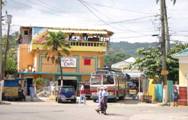
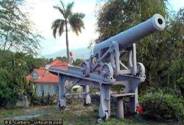
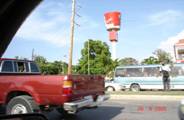
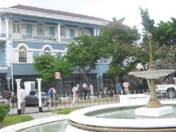
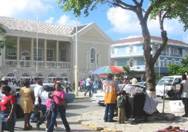

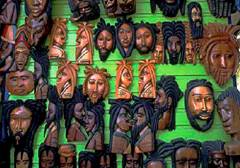
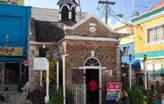
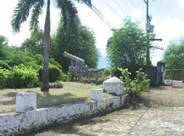
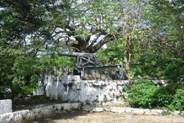
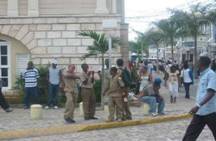
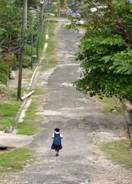
|
During the epoch of slavery, from the mid-17th century until 1834, and well into the 20th century, the town functioned primarily as a sugar port. The island's last major slave revolt, the Christmas Rebellion or Baptist War (1831–1832) took place in the area around Montego Bay. |
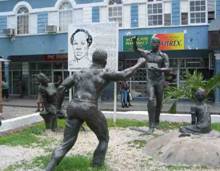
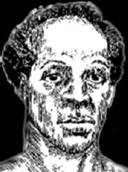
|
The leader of the revolt, Samuel Sharpe, was hanged there in 1832. In 1975, Sharpe was proclaimed a national hero of Jamaica, and the main square of the town was renamed in his honor. |
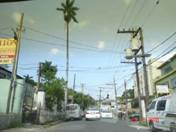
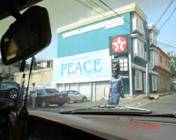
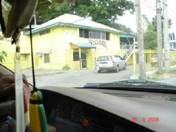
|
The Pork Pit (yellow building) Is at the end of the Hip Strip now. It started once on the beach as the best jerk place in town.
But now, and that’s my opinion.. We have Scotchies not so fancy as the Pork Pit has become but sooo…. Goood!!
Next to the Pork Pit, behind the fence was the “Wacky Wednesday Party”, dancehall to the max sometimes with famous people on the controls!
|
|
The country with the most churches per square miles has buildings and signs with profound words on it too. Like here, PEACE in a down town area.
I was on my way to way to Church Street for some Stone Love cd’s at an Ital shop. Coz that was the only place where to get the real thing for my bro. |

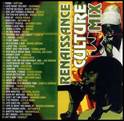
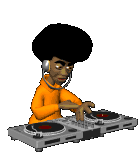


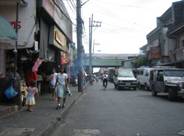
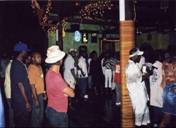
|
Driving through the characteristic streets with their cables we reached the shop where they sold more than music alone. To my surprise they had Ital hair and body products, incense, educational books on herbs and spices and to top that there was a mini Ital restaurant too.
Which I had to give a try of course, a veggie dish and an Irish moss shake… they were one of the best I had in JA!
|
|
The kind owner helped me to get the right cd’s for my bro and send me home with one free Renaissance cd for myself. Bless, I Give Thanks!!! |
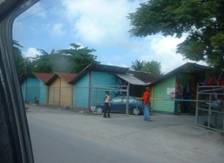

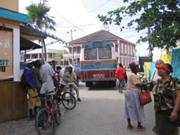
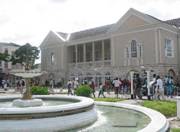
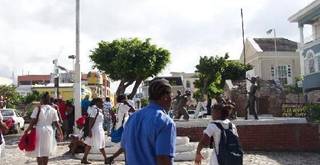
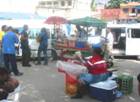

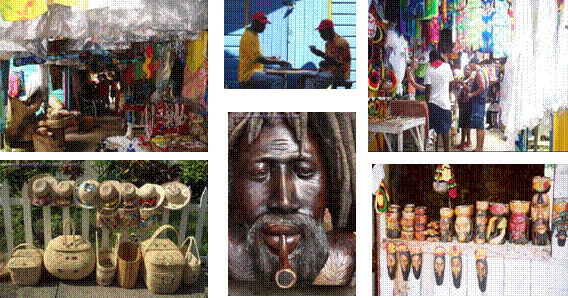
|
Looking around at the Sam Sharpe Square |
|
The school kids in their uniforms hanging out on the corner. |
|
The famous statue. |
|
The always busy streets with a lot of traffic which produced a noise I didn't notice at that moment but once I was home… I missed it!! |
|
This old church got a second life as a shop. |
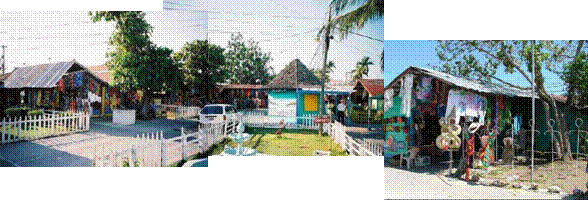
|
This entrance I took to go to the Crafts Market, near Harbour Street in downtown Montego Bay.
You can find a good selection of handmade souvenirs of Jamaica, including straw hats and bags, wooden platters, straw baskets, musical instruments, beads, carved objects, and toys. |
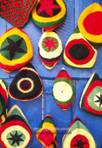

|
Above the lay out of the market.
When i was there the world soccer championship was going on and people were watching tv in their small shops. I was offered a shot Appleton to forget that Holland lost to Portugal.
The jipijapa straw hat (Panama hat) is important if you're out in the island sun.
|

|
Old Fort Craft Park handicrafts are more varied. It's grazing country for both souvenirs and more serious purchases. This shopping complex with 180 vendors (all licensed by the Jamaica Tourist Board), fronts Howard Cooke Boulevard (up from Gloucester Ave. in the heart of Montego Bay, on the site of Fort Montego). Just down the road of KFC.
|
|
They have wall hangings, hand-woven straw items, and wood sculpture (my favourite). And guess what… they even take Euro’s!!
You can get your hair braided. And if you want something, be prepared to bargain. |
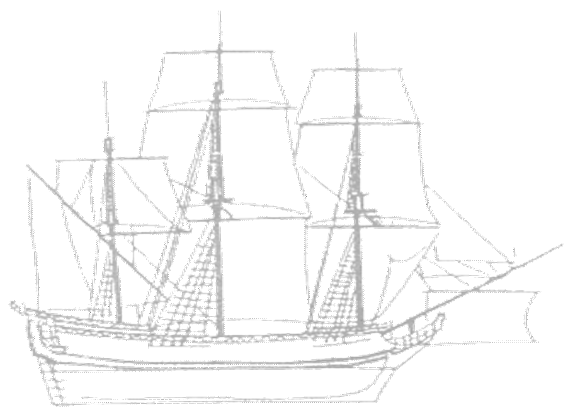
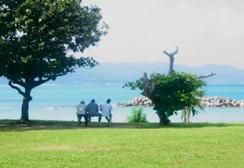
|
Across the street of White Sands Beach u find Fort Montego up hill. Located in Montego Bay in the parish of St. James it appeared to be a large fort. It housed four 12 pounder guns and five smaller guns. It was built to guard the approaches to the town of Montego Bay, however, it was an inefficient fort.
In 1760, one of the fort's rusty guns exploded and killed a gunner while firing a salute to celebrate the surrender of Havana. Edward Long, noted Jamaican historian, a few years later found the fort in decay and doubted whether it was worth repairing, since its location, according to him, was not very strategic. The only occasion the fort fired at a ship was in 1795 when the officers at the fort mistook an English ship for a French privateer. Luckily there were no casualties. |
